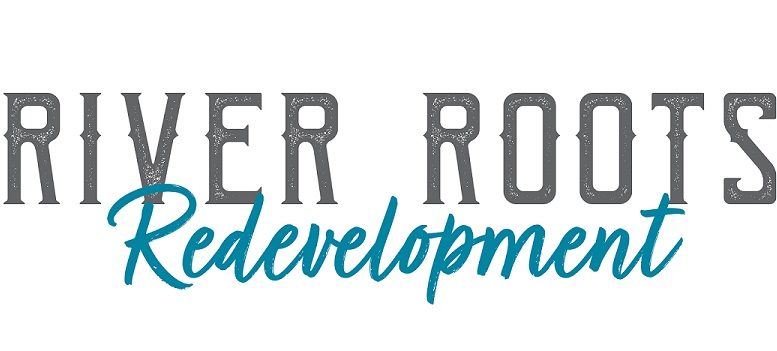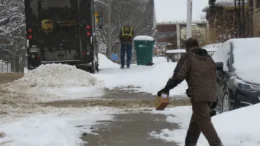I’m a sucker for documentaries. Historical, ancient civilizations, travel — it’s all fascinating. I love seeing and learning about new places and cultures, especially by visiting those places, but documentaries provide glimpses of new places and information and ignite a desire to learn more. I found myself watching a documentary the other evening that my Prime Video had recommended to me. The topic was the Mohawk Trail. The trail began as a Native American footpath, connecting river valleys in Massachusetts with those in New York, and was used as a trade route between the two areas. The trail was a key feature in many events in early American history including the French and Indian War and the American Revolution.
Over time, as motor cars came on the scene, the trail became a scenic tourist route and has seen many improvements in the years since. The towns and cities along the route have also seen changes as industry has shifted. Like the Oil Region, many of these towns were booming in the Industrial Revolution, but as the mills and factories moved out, the towns needed to find a new identity. Farmers in this slice of New England (and across the U.S.) have also been finding their own new identities, and that’s what I want to explore today.
According to the American Farm Bureau Federation (AFBF) and the U.S. Department of Agriculture (USDA), the cost of farming in the United States has increased dramatically in recent years, and the increase is expected to continue. The price of nearly everything from electricity to seed has gone up. This is in addition to the other hardships that farmers have faced in recent years such as several hurricanes and natural disasters and being forced to dump products.
It’s no wonder the number of farms in the U.S. is in decline.
But farmers are resilient. Some are getting creative and finding new ways to bring in income, including agri-entertainment or agritainment. So many of our farms are generational, passed down to the 3rd, 4th, and even 7th generations. These small family farms are offsetting farming costs by offering experiences to the public like pick-your-own produce and corn mazes. These are opportunities for families to do something together that is fun and different from their everyday lives. And, as people are learning more about food, emphasizing local, homegrown produce, and supporting small businesses, this is a prime time for farms to sow into agritainment.
Other examples of agritainment or alternative farm uses are farm markets, farm-stay vacations, museums, interactive animal experiences, and cut-your-own Christmas trees. Some farms are offering tours and demonstrations. In our area, sunflower farms are popping up offering cut-your-own flowers and seasonal photoshoot locations. By adapting to changing consumer culture, these farms are fighting to keep going.
While we’re on the topic of small farms, another trend happening in the agriculture sector is small-scale homesteading by young families. I’ve written before about the post-pandemic exodus of families from urban to rural areas. It seems many of those families are seeking to get back to the satisfying, hands-on work of growing and raising their own food, back to kids playing in the dirt and climbing trees, and back to small community living.
There is so much we can learn from going back, even as we push to move forward.
If agritainment, homesteading, or redevelopment interests you, I’d love to hear from you! Stop in to chat on Fridays in Foxburg from 1-3 p.m. at Divani.
Rachel Brosnahan is the Community Engagement Coordinator for River Roots Redevelopment. She can be reached by email at rachel@riverrootsredevelopment.org.





































